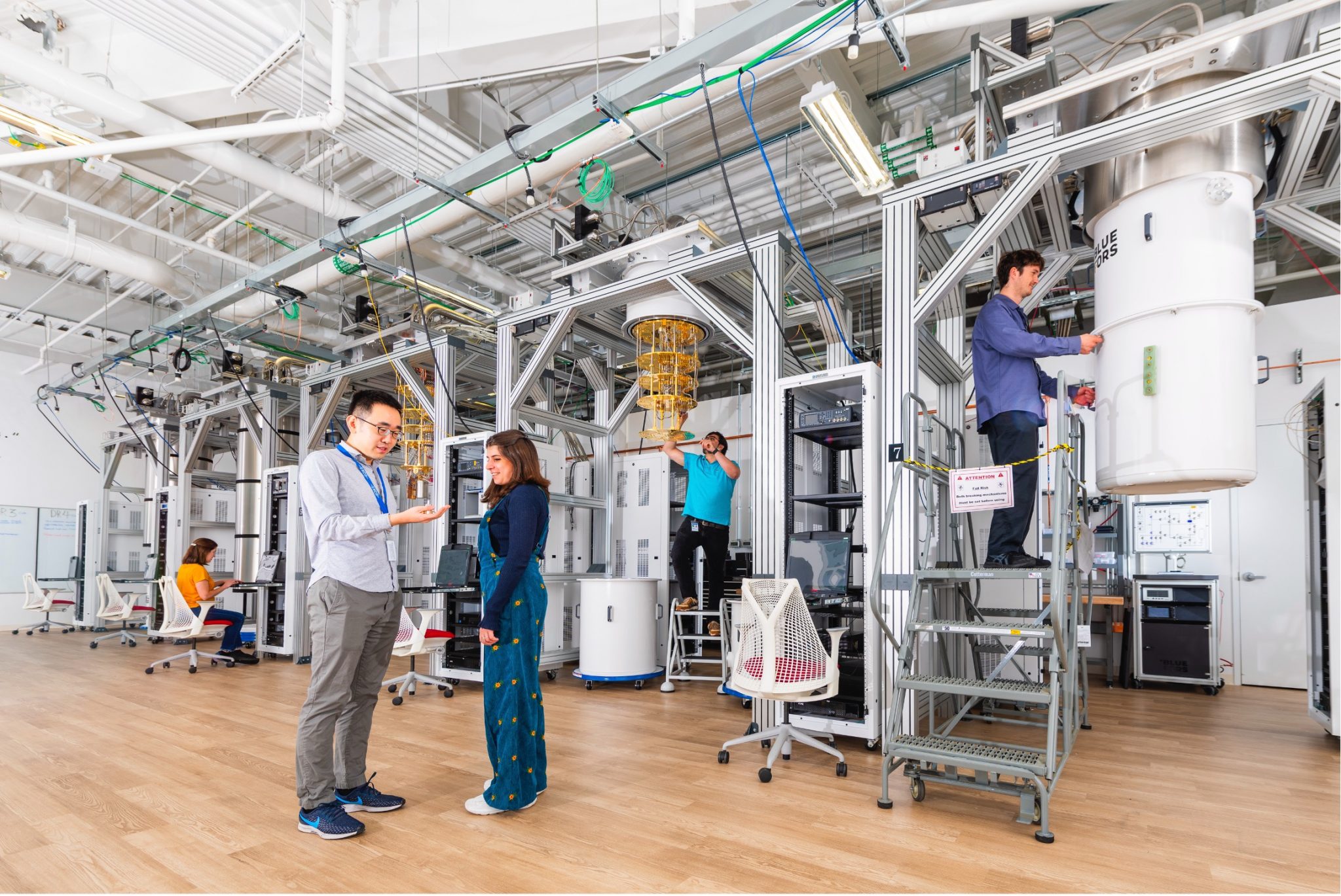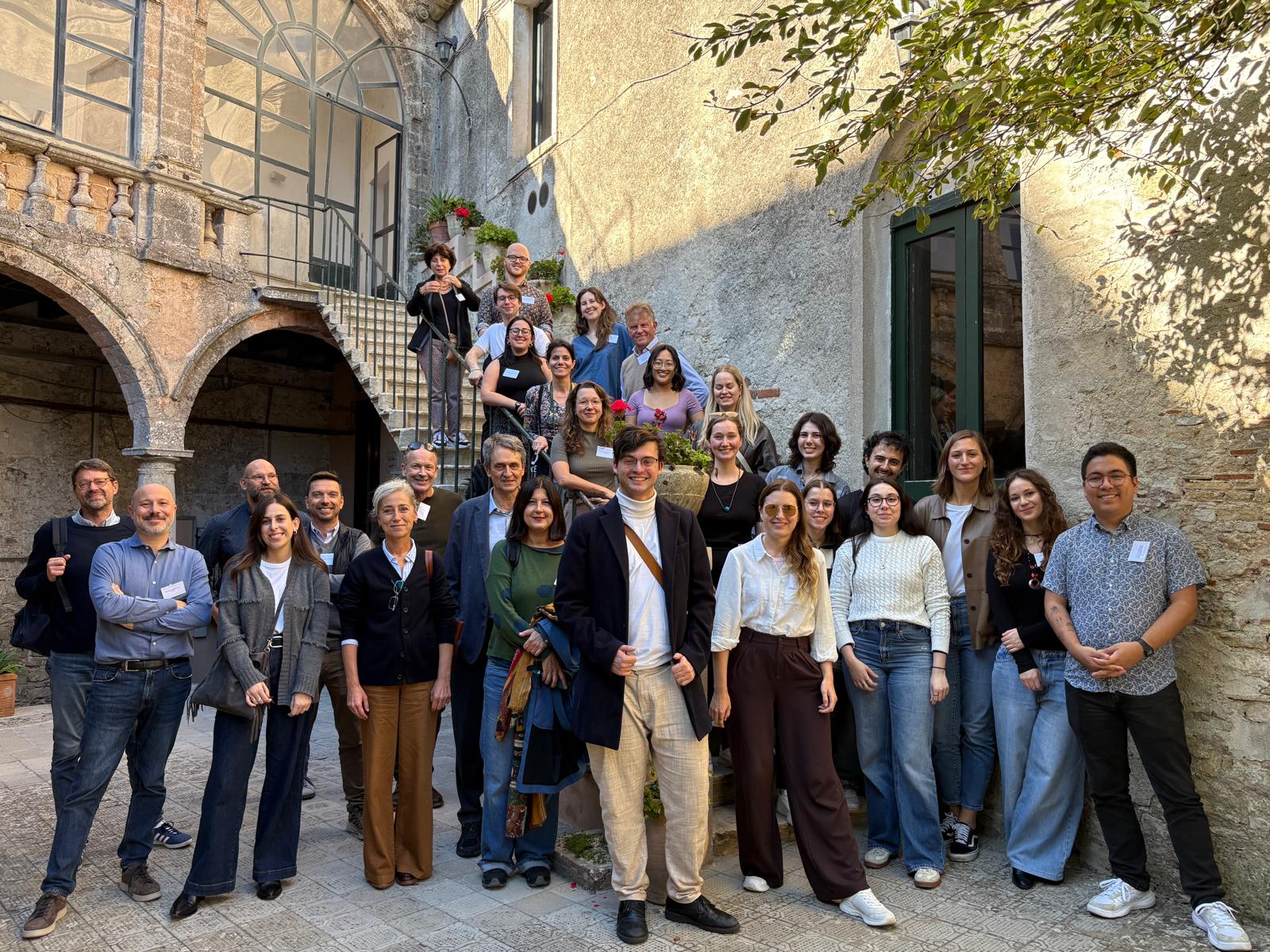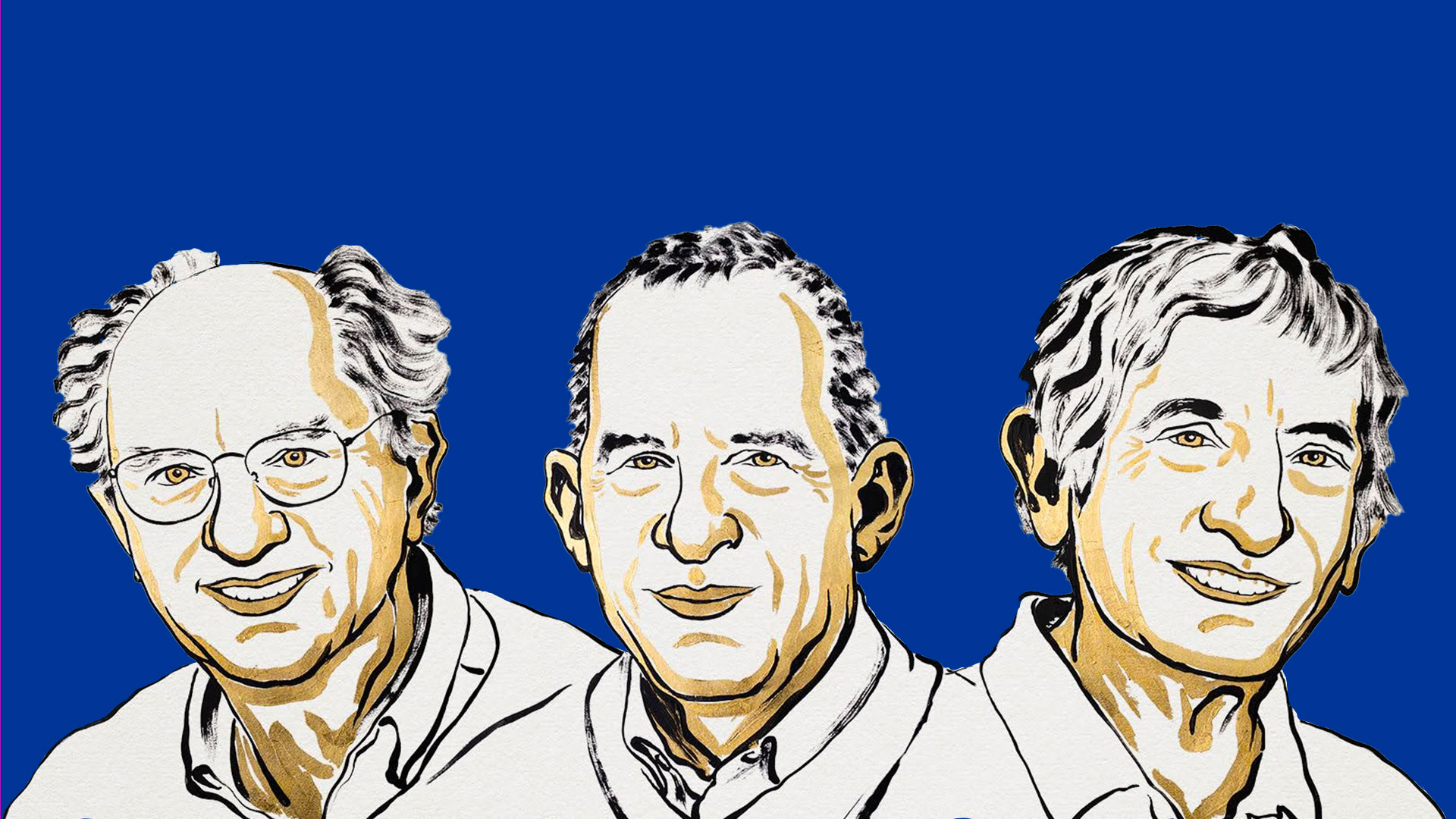 The ASTRI telescope has seen the first glimmers of Cherenkov light from the astronomical site of Serra la Nave on Mount Etna. ASTRI, a project led by the National Institute of Astrophysics (INAF), and implemented in collaboration with INFN, a number of Italian universities, the University of São Paulo in Brazil and the North-West University in South Africa, is the prototype telescope developed for the
The ASTRI telescope has seen the first glimmers of Cherenkov light from the astronomical site of Serra la Nave on Mount Etna. ASTRI, a project led by the National Institute of Astrophysics (INAF), and implemented in collaboration with INFN, a number of Italian universities, the University of São Paulo in Brazil and the North-West University in South Africa, is the prototype telescope developed for the
future CTA (Cherenkov Telescope Array) device, which will be the largest and most sensitive gamma ray
observatory in the world.
This first light comes shortly after last November’s confirmation of the validity of the newly developed
optical technology, based on the Schwarzschild Couder dual mirror configuration, proposed for the CTA project. Despite the camera had not been fully configured, it was possible to detect the first signals of astrophysical origin in Cherenkov light and thus produce the images of the shower produced in the atmosphere by cosmic rays. The scientific and technical development of CTA, a project included in the ESFRI (European Strategy Forum on Research Infrastructures) 2008 roadmap and funded within the scope of Horizon 2020, involves more than 1350 scientists and engineers from 32 countries. The observatory will detect with unprecedented accuracy high energy radiation reaching the Earth; the
sensitivity of the measurements will be 10 times greater than that provided by the instruments currently in use and will allow a new understanding of the universe’s most extreme events.





